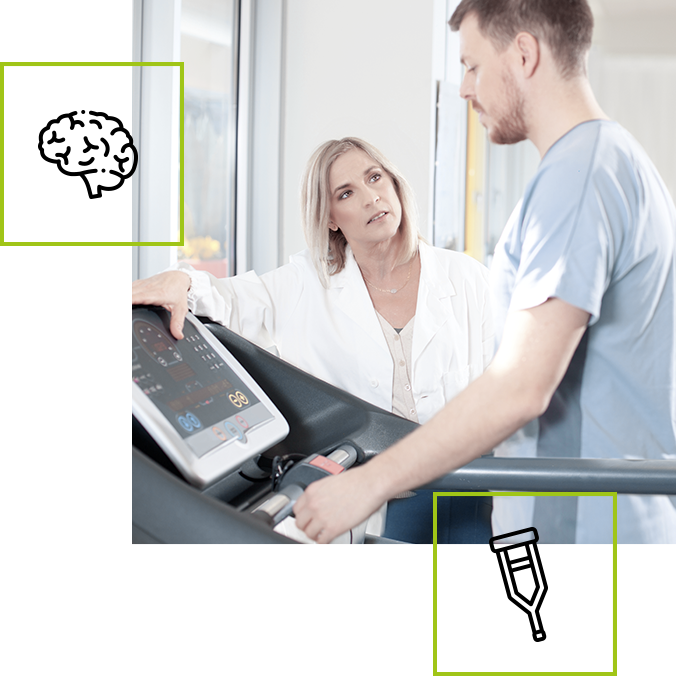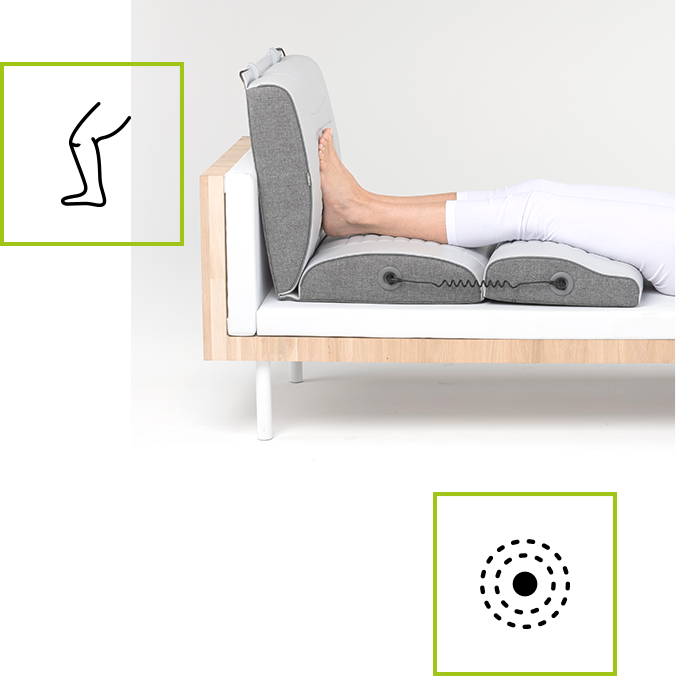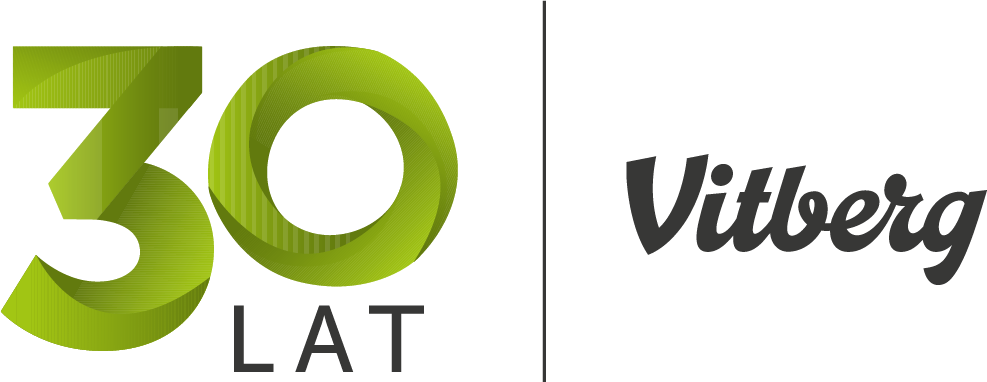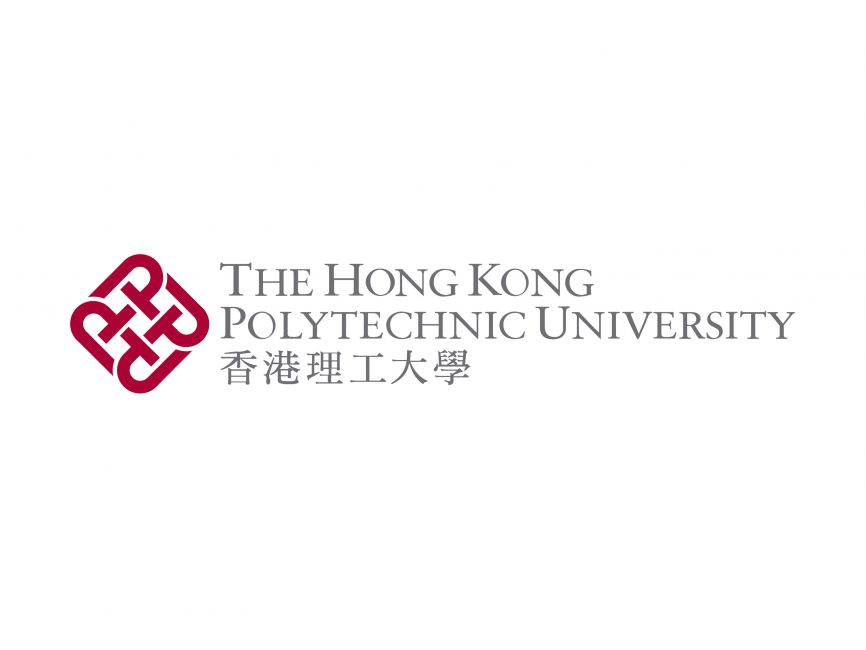Vibrotherapy – relieves symptoms after stroke
Vibrotherapy, by affecting circulation and neuromuscular conduction, among other things, is a safe method of treating stroke symptoms.
How does it work?
One of the common post-stroke complications is limb spasticity. Vibrotherapy has the effect of alleviating it most likely by inhibiting excessive excitability of the motor neuron. The weakening of spasticity, in turn, results in increased mobility of the muscles tested. Vibrotherapy also works on other post-stroke symptoms by improving circulation, reducing pain, neuromuscular stimulation and strengthening muscle strength.


When and for whom?
We recommend vibrotherapy in post-stroke rehabilitation, but also in stroke prevention, especially for people who are weakened and have reduced physical activity.
Effectiveness
It has been shown on more than a dozen post-stroke patients with hemiplegic spasticity that topical vibration, applied for as little as 5 minutes at a time, significantly reduces excessive excitability of motor neurons, attenuates spasticity symptoms and improves volitional (voluntary) movements of the spastic leg.

Huang M, Miller T, Ying M, Pang MYC. Whole-body vibration modulates leg muscle reflex and blood perfusion among people with chronic stroke: a randomized controlled crossover trial. Sci Rep. 2020 Jan 30;10(1):1473
Benefits of vibrotherapy

No side effects

Action confirmed by scientists and practitioners

Perceptible effects from 1 treatment

Long-lasting effects through systematic use
Choose the right product
We will help you select a set of modules that suits your conditions.
Stroke
It is a medical condition caused by impaired blood flow to the brain that results in cell death. Stroke can occur in 2 ways and therefore there are 2 types of stroke: ischaemic (caused by a lack of blood flow) and haemorrhagic (caused by bleeding). Both types cut off cells from access to energy substrates, with the result that specific areas of the brain cease to function properly. Symptoms of stroke often appear soon after the initiating ischaemia and may include inability to move and/or feel on one side of the body, problems with understanding, speaking, loss of vision on one side of the body. If symptoms last less than one or two hours, the stroke is a transient ischaemic attack (known as a mini-stroke). Stroke symptoms can be permanent.
Physiotherapy after stroke
Post-stroke physiotherapy is a comprehensive neurological rehabilitation process aimed at restoring lost motor skills and improving the patient's overall performance. After a stroke, which is a severe brain injury, patients often experience deficits in movement, balance, coordination and muscle strength. Physiotherapists develop a personalised rehabilitation plan, taking into account each patient's individual needs.
The process begins with a thorough assessment of the patient's condition to identify areas that need the most attention. Rehabilitation includes a variety of general development exercises, focusing on improving muscle strength, flexibility and joint function. In addition, physiotherapists work on balance and coordination training, which are often impaired after a stroke.
Proprioceptive exercises and gait training are important elements of rehabilitation to help the patient regain independence in daily activities. Muscle and nervous system stimulation, as well as manual therapy, aim to support the recovery of nerve function and improve joint flexibility.
For patients with permanent deficits, physiotherapists introduce adaptation exercises and offer psychosocial support. Adaptations of the environment and daily activities help patients to function more easily despite their difficulties.
The whole process of post-stroke physiotherapy requires time, commitment and patience on the part of both patient and therapist. Teamwork with other professionals, such as doctors, nurses or occupational therapists, is crucial to achieve a full recovery after stroke.
Spasticity
A common symptom following stroke. It is involuntary, increased neuromuscular activity accompanying damage to the brain's motor neurons with their descending pathways to the muscles.
Vibrotherapy in post-stroke rehabilitation
One potential benefit for stroke patients is the potential for improved blood flow. Mechanical vibration can promote the blood supply to the areas affected by the stroke, which can help to improve the delivery of oxygen and nutrients to the damaged tissues. This, in turn, can support regenerative processes and the restoration of neurological function. Vibrotherapy can also be used to reduce muscle spasticity, a common occurrence after stroke. Mechanical vibration has the potential to affect muscle tone, which can help relieve stiffness and improve range of motion. Nerve stimulation is another area where vibrotherapy can find application. Mechanical vibration can have a stimulating effect on the nervous system, which can aid nerve regeneration processes and the restoration of neurological function.
Vibrotherapy can also be used to improve motor control and coordination. Exercises on the apparatus in a seated or supine position can be adapted to the individual patient's needs, assisting them in returning to full mobility.
Vibrotherapy and spasticity
Muscular spasticity is one of the common complications that occur after a stroke. It is excessive muscle tension that can lead to stiffness, difficulty in movement and even pain. Vibrotherapy, a therapy using mechanical vibration, is one potential approach to relieve muscle spasticity in post-stroke patients. The mechanical vibrations generated during vibrotherapy can have a relaxing effect on the muscles. This can help relieve excessive muscle tension characterised by spasticity. Vibrotherapy can promote blood circulation in areas affected by spasticity. Improved circulation can help relieve muscle tension and improve flexibility. Mechanical vibration can have a stimulating effect on the nervous system. This can improve communication between nerves and muscles, which is important for spasticity associated with brain damage, such as in the case of a stroke. Regular exercise using vibrotherapy can help to increase the range of movement in the joints affected by spasticity. This, in turn, can improve the patient's motor function.





